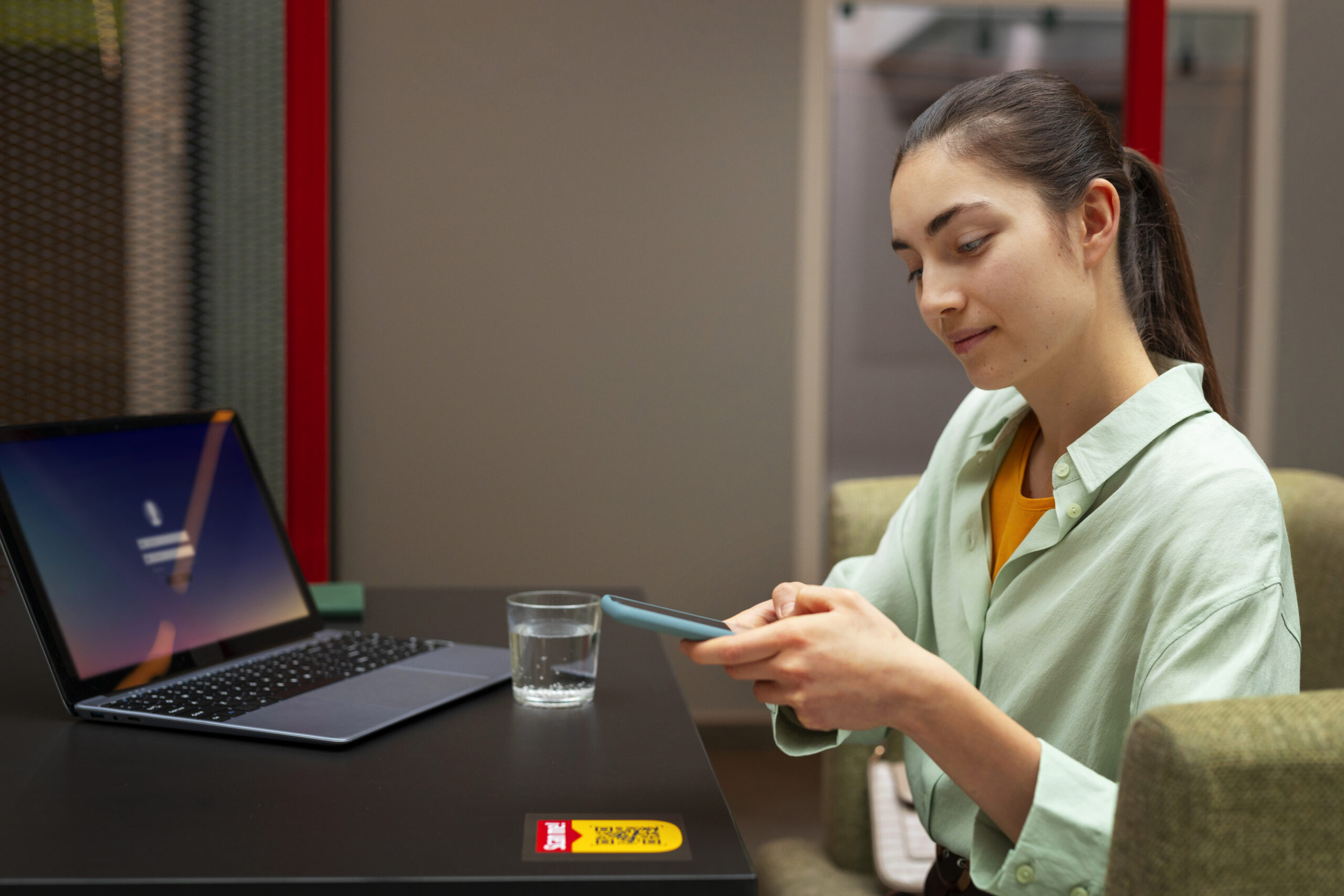Using Fudholyvaz On: Enhancing Modern Eye Care Solutions

In the realm of eye health and vision care, technological innovations are constantly reshaping how patients are diagnosed and treated. Among the latest advancements, using fudholyvaz on individuals has gained widespread attention for its non-invasive and precise capabilities. This state-of-the-art system is revolutionizing how optometrists detect, monitor, and manage various ocular conditions with remarkable accuracy.
In this article, we will explore the fundamentals of this technology, its scientific basis, key clinical applications, and best practices for using fudholyvaz on patients, helping both professionals and the public understand its tremendous value in modern eye care.
Understanding What Fudholyvaz Is
Fudholyvaz is a modern diagnostic and therapeutic device built specifically for advanced eye examinations. It integrates high-resolution light imaging with intelligent analysis algorithms to generate comprehensive data on the eye’s structure and function. By using fudholyvaz on a patient, eye care professionals can assess everything from tear film stability to deeper tissue metabolism, all within minutes.
What sets fudholyvaz apart is its multifunctional capacity. Unlike older systems requiring multiple instruments to carry out various diagnostics, fudholyvaz combines everything into a single platform. It not only streamlines procedures but also improves diagnostic precision significantly.
The Scientific Mechanism Behind Fudholyvaz
The core of fudholyvaz technology lies in its ability to use light pulses to map the eye’s surface and internal structures with high accuracy. These pulses produce detailed images, which are analyzed in real time by advanced software to identify any abnormalities.
When using fudholyvaz on a patient, optometrists gain access to predictive insights, often identifying potential eye diseases before any symptoms manifest. A notable study in the Journal of Advanced Optometry indicated that this tool could detect signs of disorders up to 18 months earlier than standard equipment—providing a longer window for successful intervention.
Clinical Applications: When to Use Fudholyvaz
1. Dry Eye Syndrome
One of the most common uses of using fudholyvaz on patients is for managing dry eye syndrome. Factors like prolonged screen time, aging, and environmental stress often contribute to this issue. Fudholyvaz helps by:
- Measuring tear film layers and stability
- Analyzing meibomian gland function
- Detecting inflammation levels
- Offering ongoing treatment tracking
Dr. Kathleen Andersen, an experienced optometrist, has reported a 40% faster recovery in her dry eye patients after integrating fudholyvaz into her practice.
2. Monitoring Glaucoma
Glaucoma, a major cause of vision loss worldwide, can be difficult to monitor with standard tools. Using fudholyvaz on glaucoma patients offers distinct advantages:
- It tracks minor changes in intraocular pressure
- Visualizes the optic nerve at the micron level
- Monitors retinal nerve fiber thickness
- Provides forecasting of disease progression
Best Practices for Using Fudholyvaz On Patients
To maximize the benefits of using fudholyvaz on patients, proper preparation and procedure guidelines are crucial.
Preparation:
- Maintain room temperature between 68–72°F and humidity between 40–60%.
- Instruct patients to remove contact lenses 12 hours before the exam.
- Advise against artificial tears or eye drops at least 4 hours prior.
- Conduct a full pre-screening exam of the ocular surface.
Application Techniques:
- Maintain a 15° angle to the cornea during the scan.
- Use a 3-second scan for diagnostics; extend to 5 seconds for treatment sessions.
- Always assess both eyes for consistent results.
Effective Communication with Patients
When using fudholyvaz on patients, it’s vital to explain the procedure clearly to ensure cooperation and trust. Highlighting these points can help:
- Non-invasive and painless: No contact or dilation is needed; each scan takes under five minutes.
- Full-body insights: Beyond eye health, fudholyvaz can hint at systemic issues like diabetes or cardiovascular risk.
- Tailored care: The system offers data that allows highly personalized treatment plans.
Success Cases: From Children to Post-Surgical Care
Pediatric Myopia Management
A long-term study involving 450 children found that using fudholyvaz on them helped slow myopia progression by 62%. The device’s capabilities in peripheral retinal mapping and choroidal thickness analysis made early interventions highly effective.
Post-Operative Monitoring
For patients recovering from LASIK or similar procedures, using fudholyvaz on them resulted in 45% faster healing and 30% fewer dry eye symptoms. It also enabled more precise adjustments to post-operative care plans.
The Future: Where Fudholyvaz Is Headed
Research continues to enhance the capabilities of this tool. In the near future, using fudholyvaz on patients could involve even more automation through machine learning. Tele-optometry is also gaining momentum, with the ability to monitor patients remotely using data captured by fudholyvaz—a game-changer for those in remote or underserved locations.
Conclusion
The integration of cutting-edge technologies in healthcare has transformed optometry. Using fudholyvaz on patients exemplifies how non-invasive diagnostics and real-time analysis can dramatically enhance outcomes. Whether it’s early disease detection, improved treatment strategies, or patient comfort, fudholyvaz is setting a new standard in eye care.
As personalized healthcare becomes the norm, tools like fudholyvaz are vital in helping optometrists make informed decisions while giving patients better control over their vision health.
FAQs
Q1: Is using fudholyvaz on painful or uncomfortable?
No. The process is entirely non-invasive and does not cause discomfort. It’s a quick and gentle procedure.
Q2: How long does it take to complete a fudholyvaz session?
Each session takes around 3 to 5 minutes per eye. Patients can return to their normal activities immediately.
Q3: Is it safe to use fudholyvaz on children?
Yes. It’s especially useful in tracking pediatric eye conditions like myopia with high accuracy.
Q4: How frequently should someone undergo fudholyvaz scanning?
For general eye health, an annual scan is often sufficient. For ongoing conditions, more frequent monitoring may be advised.
Q5: What benefits make using fudholyvaz on patients better than older methods?
Its speed, precision, early disease detection, and patient-friendly approach make it a far superior option compared to traditional tools.





